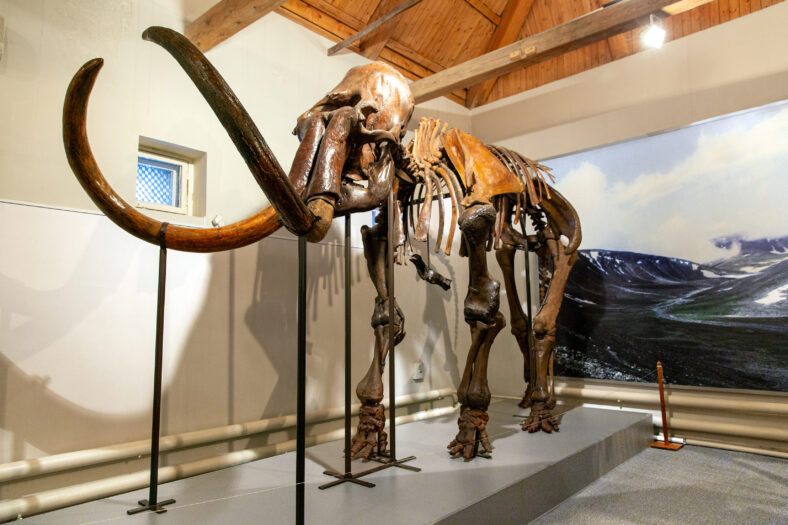400,000-Year-Old Artifacts Made From Mammoth Tusks May Be The Earliest Evidence Of Ivory Tool Production

A collection of 400,000-year-old artifacts made from mammoth tusks may be the earliest evidence of ivory tool production ever found.
Previously, the oldest evidence of ivory modification dates back about 120,000 years ago. But the new findings possibly push ivory usage for tools as far back as 400,000 years ago.
At a site in Ukraine’s Southern Bug Valley near the town of Medzhybizh, researchers unearthed 24 ivory fragments, along with artifacts made of flint and quartz. They also excavated the remains of horses, large wild cats, and woolly rhinoceroses.
The research team suspects that the site was once occupied by a human ancestor called Homo heidelbergensis based on its age and location. However, they have not yet found any evidence to confirm this idea.
The site was discovered in 2011 and has been investigated periodically up until 2018. The researchers brought the ivory pieces back to their lab to examine them under a microscope and conduct a 3D analysis.
“The study of the ivory began without a specific hypothesis, but their unusual characteristics, indicative of intentional modification, prompted closer examination,” said Vadim Stepanchuk, the lead author of the study and a researcher at the National Academy of Sciences of Ukraine.
The analysis indicated that 14 of the ivory fragments were created by humans. The artifacts show signs of intentional modifications, such as cut marks and various shaping techniques, including one that may have involved placing the ivory on a rock anvil and chipping away flakes using another rock.
They were likely crafted from the tusks of a mammoth species called Mammuthus trogontherii. The artifacts are pretty small, and ivory is a softer material compared to stone, so it is unclear how early humans may have used them.
One theory is that they served as a teaching aid, used to demonstrate the best techniques for creating tools out of other materials. Alternatively, they may have simply been children’s toys.

Sign up for Chip Chick’s newsletter and get stories like this delivered to your inbox.
It is possible that the inhabitants of the region were experimenting with ivory because they were unable to find high-quality stones to carve into tools.
“Their shapes mimic typical flake tools from the site—a pointed piece, a core-like fragment, and tiny waste flakes,” said Stepanchuk.
“The resemblance to real tools, combined with the fragility of ivory, led us to consider a social or behavioral explanation. They may reflect play or learning behavior—perhaps children copying adult knappers.”
The team has not yet ruled out the possibility that the ivory pieces were shaped by forces of nature, such as mammoths bashing their tusks together during fights.
They could test that theory by conducting experiments with modern elephant tusks and then comparing the results to the artifacts.
The new study was published in the International Journal of Osteoarchaeology.
More About:News